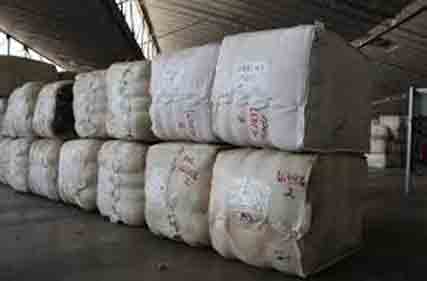
By state, the Committee predicts that shorn wool production will increase in New South Wales, Western Australia, South Australia and Queensland.
The Australian Wool Production Forecasting Committee (AWPFC) has revised its forecast of shorn wool production for the 2016/17 season to 332 million kilograms greasy, a 2.2% increase on its final estimate for the 2015/16 season.
Committee Chairman, Russell Pattinson said that “almost all major sheep producing areas across Australia are reported to be experiencing very good to excellent season conditions and an abundance of feed after a very wet Spring. This is expected to result in even better average wool cuts per head in 2016/17 than the Committee anticipated in August.
“Some regions, notably in Victoria, in the Tablelands of New South Wales and in Tasmania, have experienced a rather tough winter after seeing very dry conditions up until May, so fleece weights are only now starting to improve. The full benefit of the improved seasons is expected to be seen during autumn shearing. Elsewhere it seems that fleece weights have already improved and this should continue as the season progresses.”
By state, the Committee predicts that shorn wool production will increase in New South Wales, Western Australia, South Australia and Queensland. The increase in Queensland is particularly welcome after three consecutive years of declines and in part reflects sheep returning to the state after the breaking of the long drought. Production in Victoria is expected to be steady, with an improvement in the second half of the season while production in Tasmania is predicted to be slightly lower.
The AWPFC’s final estimate of shorn wool production for the 2015/16 season is 325 mkg, a decline of 6.2% over the 2014/15 previous season. As noted in August, this increase is in line with, but less than, the decline in the weight of wool tested by AWTA for 2015/16. This difference arises as some of the increase in wool tests, receivals and auction offerings late in the 2014/15 season was due to the release of on-farm stocks. This stock was not available for sale in 2015/16.
The Committee noted that for the 2016/17 season to November, the AWTA test data showed a significant decline in the weight of wool tested between 16.6 to 18.5 micron and wool broader than 26.5 micron. There was an increase in the volumes of wool for all micron ranges between 18.6 micron and 23.5 micron. The mean fibre diameter for Australia in 2016/17 to November was 20.7 microns, the same as in 2015/16.
